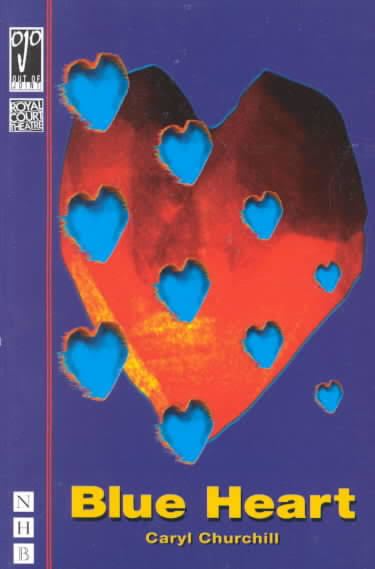7.8 /10 1 Votes7.8
3.7/5 Goodreads | 4/5 Time Out Originally published 1997 | |||||||||||||||||||||||||||||||||
 | ||||||||||||||||||||||||||||||||||
Similar This is a Chair, Jess and Joe Forever, Churchill: shorts, Extra Yarn, The After‑Dinner Joke and | ||||||||||||||||||||||||||||||||||
Blue Heart was written by Caryl Churchill and copyrighted in 1997. The play is two one act plays. The first play, Heart’s Desire, is about a family waiting on the arrival of their daughter Suzy. The second play Blue Kettle, is about a man named Derek who goes around telling women they're his mother because he was adopted at birth. The women believe him and truly find ways to tell him the way he is their son.
The first play in the piece, Heart's Desire, is about a family waiting for their daughter's return from Australia. Her father, mother and aunt play through the same scene, time and time again, a few seconds at a time, with variations. Some variants appear to be wish-fulfilment on the part of one character or another; some to represent a collective attempt to settle on a mutually acceptable compromise account; some include random intrusions from, for instance, a group of armed paramilitaries or an angry emu. With a more or less definitive version of the daughter's arrival, the play ends in mid-sentence.
In the second play, Blue Kettle, a man named Derek tells several women they are his mother because he was adopted at birth. The women believe him and find ways of "confirming" his story, while Derek keeps them slightly uneasy and ultimately, he hopes, prepared to buy him into their lives with gifts of money - this fraud is his aim. At first occasionally, then with increasing frequency, words are replaced seemingly at random with "blue" or "kettle". The audience finds itself at first interpreting the missing words through the verbal context, then increasingly interpreting the dialogue as a whole in the context of body language, mood and already acquired information.
